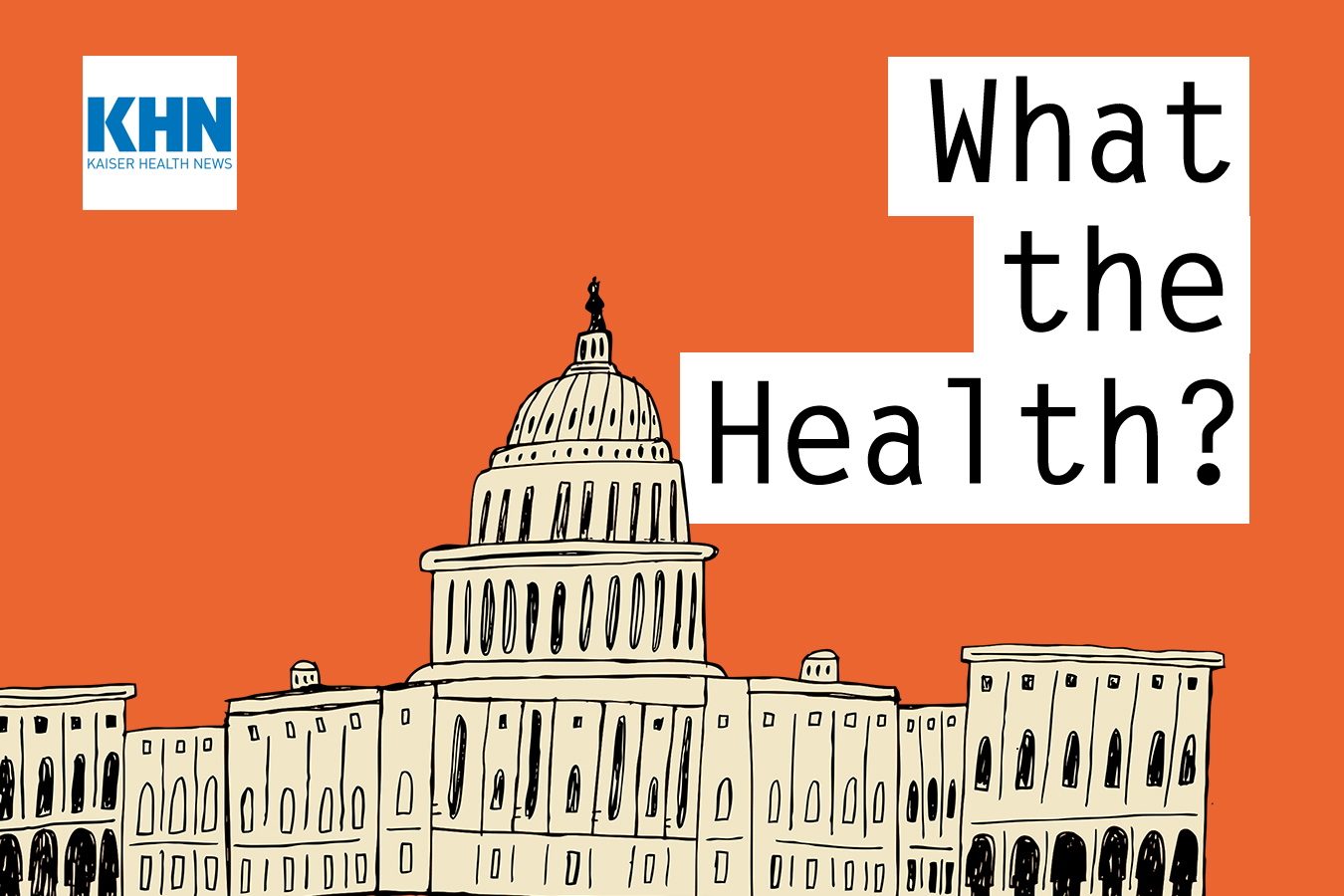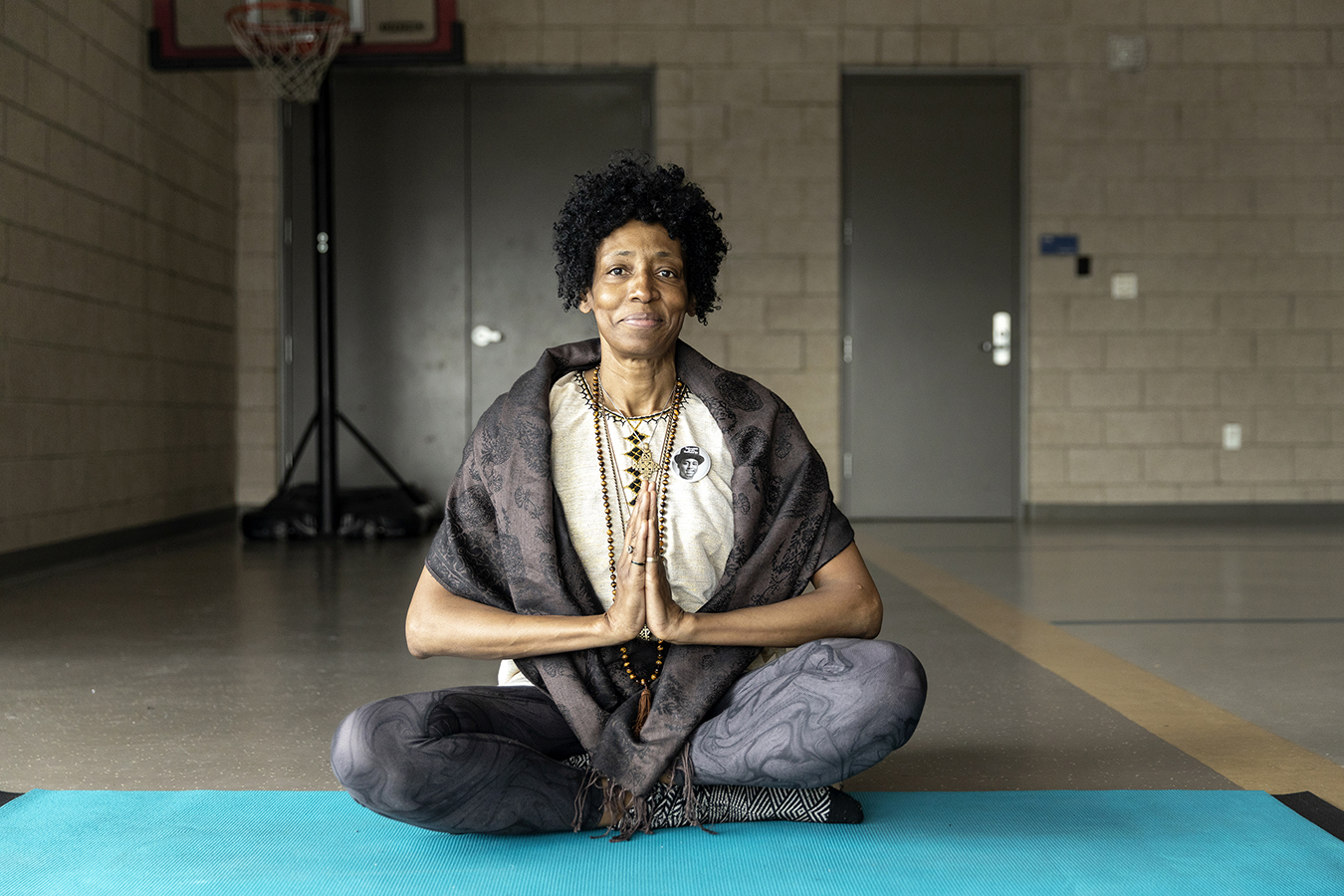Millions of people, including the president of the United States, have seen or shared a video in which a doctor falsely claims there is a cure for the coronavirus, and it’s a medley starring hydroxychloroquine.
The video shows several doctors in white coats giving a press conference outside the Supreme Court in Washington, D.C. It persists on social media despite bans from Facebook, Twitter and YouTube, and it was published by Breitbart, a conservative news site.
The July 27 event was organized by Tea Party Patriots, a conservative group backed by Republican donors, and attended by U.S. Rep. Ralph Norman, R-S.C.
In the video, members of a new group called America’s Frontline Doctors touch on several unproven conspiracy theories about the coronavirus pandemic. One of the most inaccurate claims comes from Dr. Stella Immanuel, a Houston primary care physician and minister with a track record of making bizarre medical claims, such as that DNA from space aliens is being used in medical treatments.
“This virus has a cure. It is called hydroxychloroquine, zinc, and Zithromax,” Immanuel said. “I know you people want to talk about a mask. Hello? You don’t need [a] mask. There is a cure.”
As of July 27, nearly 150,000 Americans had died because of the coronavirus. Could those deaths have been prevented by a drug that’s used to treat lupus and arthritis?
No. Immanuel’s statement is wrong on several points.
‘This Virus Has a Cure’
There is no known cure for COVID-19.
According to the Centers for Disease Control and Prevention, there is no specific antiviral treatment for the virus. Supportive care, such as rest, fluids and fever relievers, can assuage symptoms.
“There is currently no licensed medication to cure COVID-19,” according to the World Health Organization.
The Cure Is ‘Hydroxychloroquine, Zinc and Zithromax’
In spite of Immanuel’s anecdotal evidence, hydroxychloroquine alone or in combination with other drugs is not a proven treatment (or cure) for COVID-19.
The Food and Drug Administration has not approved hydroxychloroquine for the prevention or treatment of COVID-19. In mid-June, the FDA revoked its emergency authorization for the use of hydroxychloroquine and the related drug chloroquine in treating hospitalized COVID-19 patients.
“It is no longer reasonable to believe that oral formulations of HCQ and CQ may be effective in treating COVID-19, nor is it reasonable to believe that the known and potential benefits of these products outweigh their known and potential risks,” FDA Chief Scientist Denise M. Hinton wrote.
The WHO and the National Institutes of Health have also stopped their hydroxychloroquine studies. Among the safety issues associated with treating COVID-19 patients with hydroxychloroquine include heart rhythm problems, kidney injuries and liver problems.
While some studies have found that the drug could help alleviate symptoms associated with COVID-19, the research is not conclusive. Few studies have been accepted into peer-reviewed journals. And large, randomized trials — the gold standard for clinical trials — are still needed to confirm the findings of studies conducted since the pandemic began.
In the video, Immanuel cited a 2005 study that found chloroquine — not hydroxychloroquine — was “effective in inhibiting the infection and spread of SARS CoV,” the official name for severe acute respiratory syndrome. But the drug was not tested on humans, the authors wrote that more research was needed to make any conclusions, and SARS is different from COVID-19.
‘You Don’t Need a Mask’
Health officials advise everyone to wear a mask in public.
The reason has to do with how the coronavirus spreads. When an infected person coughs or sneezes, they expel respiratory droplets containing the virus. Those droplets can then land in the mouths or noses of people nearby.
Since some people infected with the coronavirus may exhibit no symptoms, public health officials say everyone should cover their face in public — even if they don’t feel sick.
“The spread of COVID-19 can be reduced when cloth face coverings are used along with other preventive measures, including social distancing, frequent handwashing, and cleaning and disinfecting frequently touched surfaces,” according to the CDC.
Our Ruling
In a viral video, Immanuel said there is a cure for COVID-19, hydroxychloroquine can treat it, and people don’t need to wear masks to prevent the spread of the virus.
All of those claims are inaccurate. There is no known cure for COVID-19, hydroxychloroquine is not a proven treatment, and public health officials advise everyone to wear a face mask in public.
Immanuel’s statement is False.
Syndicated from https://khn.org/news/dont-fall-for-this-video-hydroxychloroquine-is-not-a-covid-19-cure/
https://wp.me/p7iF68-RgQ
#CDC, #COVID19, #FDA, #GlobalHealthWatch, #KHNPolitiFactHealthCheck, #NIH, #Pharmaceuticals, #PublicHealth, #News

 04:47
04:47
 Annapoorna
Annapoorna







